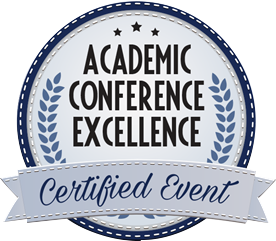
Jörgen Forss
Linnaeus University, Sweden
Title: Biotreatment of textile wastewater with continuous biofilter solutions and the associated microflora
Biography
Biography: Jörgen Forss
Abstract
Colors are very important in our lives; we express ourselves by the design of our clothes and shape our homes with colored textiles. We have several demands on the fabrics in our surroundings; we want them to durable against washing, sunlight, enzymes and ageing. Though, we give little thought on their impact on environment. With a few exceptions, extracting intense color from natural sources is quite rare. However, chemists started to develop dyes in mid-1800, which gave rise to the chemical industry. Today, most colors are manufactured synthetically and the major classes are azo and anthraquinone dyes. The process of dyeing is usually performed in water, with part of the dye inevitably ending up in the water. Textile dying processes pollute wastewater with recalcitrant azo and anthraquinones dyes. There is a need development of effective and affordable degradation systems for textile wastewater applicable in countries. We have worked with biodegradation of artificial and actual textile wastewaters in different biofilter solutions with carriers such as wood and rice husks. Degradation performances have been analyzed by spectrophotometry and liquid chromatography coupled with mass spectrometry. Constructed biofilter have performed over 90% decolorization with hydraulic retention times, roughly between 28-67 h. Molecular fingerprinting analysis (DGGE and 16S rRNA sequencing) revealed a diverse and dynamic bacterial community composition involved. Several identified bacteria in the consortium are known to carry azoreductase genes, such as Dysgonomonas, and Pseudomonas. Furthermore fungal internal transcribed spacer (ITS) gene fragments in the biofilters revealed the presence of fungal phylotypes such as Gibberella and Fusarium. Our findings emphasize that rice husk biofilters support a microbial community of both bacteria and fungi with key features for biodegradation of actual textile wastewater. These results suggest that microbial processes can substantially contribute to efficient and reliable degradation of actual textile wastewater.

